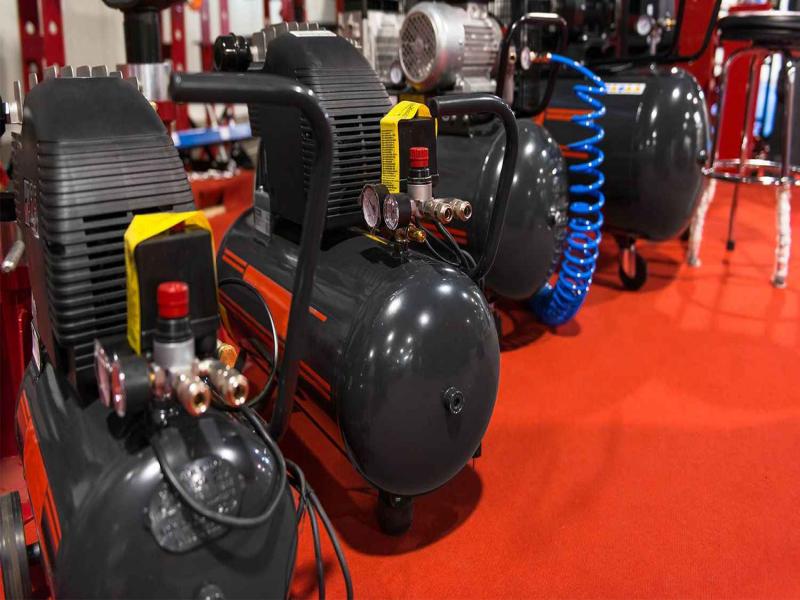Differences in the application of fire pump motors in three-phase and single-phase motors
1.Power and efficiency
Three-phase motor
High power: suitable for fire protection systems with large flow and high head (such as industrial, commercial buildings or large communities).
High efficiency: three-phase balanced power supply, uniform torque, efficiency is usually 80%-95%, suitable for long-term continuous operation.
Good starting performance: direct start or star-delta start, large starting torque, can quickly reach the rated speed.
Single-phase motor
Low power: generally used for small fire protection systems with small flow and low pressure (such as homes, small shops or temporary facilities).
Low efficiency: due to the need to start the capacitor phase, the efficiency is usually 60%-80%, which may generate additional heat.
Low starting torque: capacitor-assisted starting is required, which may affect the rapid response capability of the pump.
2.Power supply conditions
Three-phase motors
Rely on three-phase 380V or higher voltage industrial power grids, requiring professional power distribution facilities.
If there is a lack of three-phase power in rural or remote areas, additional transformers or frequency conversion equipment must be installed.
Single-phase motor
Compatible with ordinary 220V household power supply, flexible installation, suitable for places with simple power infrastructure.
It is the only choice in the scenario of lack of three-phase power.
3.Reliability and maintenance
Three-phase motor
Simple structure (no capacitor/centrifugal switch), low failure rate, suitable for critical firefighting scenarios
Maintenance requires professional electricians, but long life
Single-phase motor
Depends on starting capacitors and relays. Long-term operation can easily damage the capacitors and requires regular replacement.
Easy to maintain, but low reliability, which may affect the emergency response capability of the fire protection system
4.Cost and Economics
Three-phase motors
High initial cost (power distribution system required), but low operating energy consumption, more economical in the long run.
Single-phase motors
Low purchase and installation costs, but poor efficiency may result in higher electricity bills, suitable for small projects with limited budgets
5.Typical application scenarios
Three-phase motors
Fire protection systems for high-rise buildings, industrial plants, large commercial complexes
Fixed fire pump rooms or main pump configurations
Single-phase motors
Domestic fire booster pumps, mobile fire fighting equipment, temporary water supply systems.
Backup or auxiliary fire pumps (if used with a three-phase main pump)
6.Other differences
Size and weight: Under the same power, three-phase motors are more compact and lightweight
Noise: Three-phase motors run more smoothly and have lower noise
Scalability: Three-phase motors are easy to frequency-control and adapt to the needs of intelligent fire protection systems




